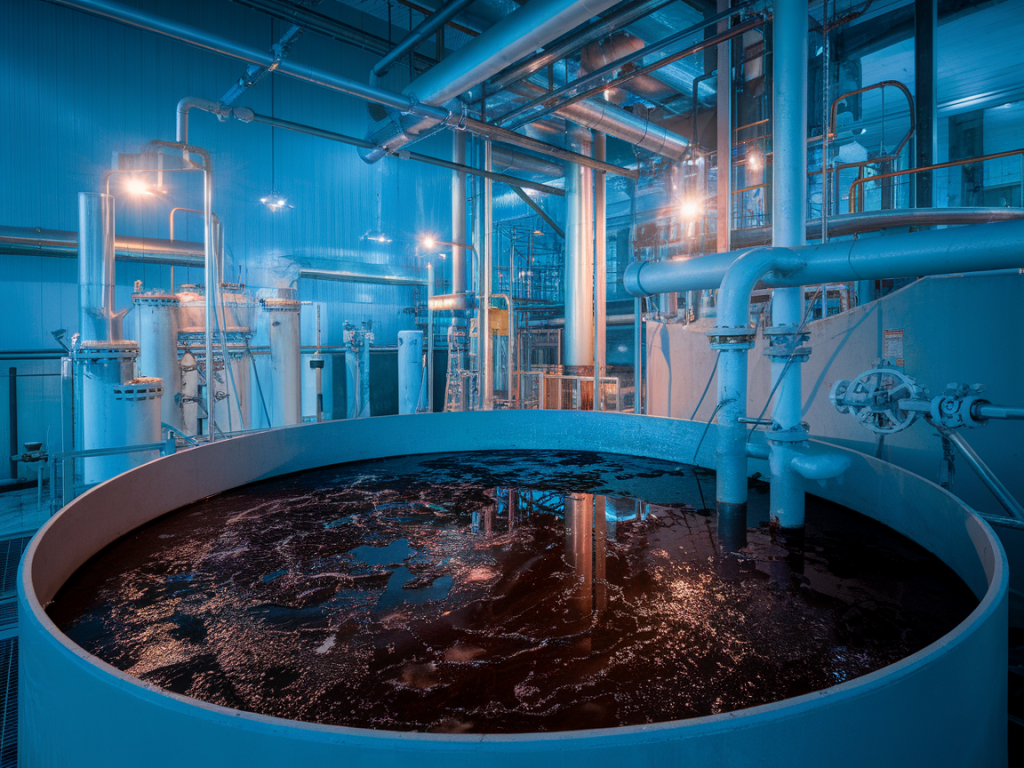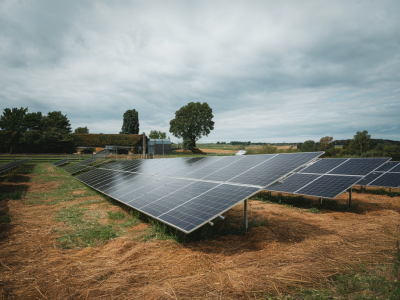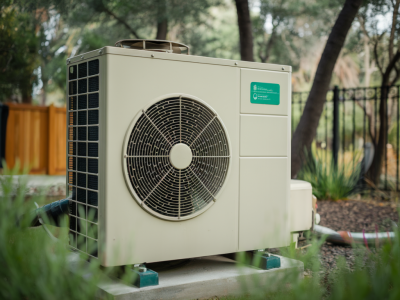
One of the most fascinating and transformative trends in renewable energy today is the use of bioenergy derived from waste. It’s not just innovative; it’s also a critical step toward creating a truly circular energy economy. For years, our society has grappled with an ever-growing waste problem, while simultaneously searching for sustainable energy solutions. Bioenergy from waste marries these two challenges, turning what was once considered garbage into a viable resource. Let’s dive into how this process works, why it’s significant, and the key players making it happen.
What is Bioenergy from Waste?
At its core, bioenergy from waste is the process of extracting energy from organic materials that would otherwise be discarded. This can include everything from food scraps and agricultural residues to sewage sludge and municipal solid waste. By leveraging various technologies—such as anaerobic digestion, gasification, and incineration—these waste materials are converted into either electricity, heat, or biofuels like biogas and bioethanol.
When waste is transformed into energy, it closes the loop in our consumption cycle, creating a circular energy economy. A circular energy economy focuses on reducing waste and maximizing resources by continually recycling materials into productive use. It’s a stark contrast to the traditional “take, make, and dispose” model of linear consumption that has long dominated much of our industrial and manufacturing processes.
How Does the Process Work?
There are several ways to convert waste into bioenergy. Each method depends on the type of waste and the desired energy output. Below are a few key approaches:
- Anaerobic Digestion (AD): This process involves breaking down organic material in the absence of oxygen. Microorganisms decompose the waste, producing biogas (rich in methane) and digestate. Biogas can be used for electricity, heat, or as a vehicle fuel, while digestate can serve as a nutrient-rich fertilizer.
- Thermal Conversion: Technologies like gasification and pyrolysis use heat to break down materials into synthetic gases or bio-oil, which can be converted into energy.
- Incineration with Energy Recovery: While less popular in some regions due to emissions concerns, modern waste-to-energy plants focus on burning non-recyclable waste to generate electricity and heat, often filtering out harmful particles to reduce their environmental footprint.
Each of these methods offers unique benefits and challenges, but they all share one goal: to repurpose waste into something valuable.
Why is Bioenergy from Waste Important?
To fully understand why this innovation is so impactful, it’s important to consider both the environmental and economic benefits.
- Waste Reduction: Every year, billions of tons of waste—much of it organic—are sent to landfills or incinerated without energy recovery. Transforming this waste into bioenergy reduces landfill mass, curbs harmful methane emissions, and offsets the need for fossil fuels.
- Renewable Energy Source: Unlike finite resources like coal or gas, waste is continually generated, making bioenergy a sustainable and renewable energy option.
- Energy Diversification: A circular energy economy provides a more resilient energy system by diversifying our sources. This is especially critical in combating climate change and ensuring energy security.
- Job Creation: The development and operation of bioenergy facilities create green jobs, supporting local economies and fostering sustainable industries.
Furthermore, bioenergy bolsters climate goals by reducing greenhouse gas emissions. It’s a win-win: less carbon in the atmosphere, more energy for communities and industries.
Real-World Examples Driving Innovation
Many innovative companies and organizations are leading the charge in bioenergy from waste. Here are a few standout examples:
- Veolia: This global leader in waste management has made significant strides in converting municipal waste streams into energy. Their bioconversion plants extract biogas from food and organic waste, which is later used to power entire towns.
- EnviTec Biogas: Based in Germany, this company specializes in developing anaerobic digestion plants for agricultural and food processing wastes. Their systems are helping small farmers and industrial sites reduce waste while producing renewable energy.
- ReNEW ELP: Focusing on non-organic waste, ReNEW ELP uses advanced thermal conversion to process plastic waste into synthetic oils and chemicals. While not strictly bioenergy, their contribution to the circular economy is worth noting.
Challenges to Overcome
Despite its promise, bioenergy from waste is not without its hurdles. One of the most significant obstacles is infrastructure. Many regions lack the necessary facilities to efficiently sort and process waste into bioenergy products. Furthermore, skepticism around the environmental impact of certain conversion processes, like incineration, continues to limit its adoption in some countries.
Policy also plays a critical role. Governments need to support bioenergy initiatives through subsidies, research funding, and waste management regulations that incentivize circular practices. Without these measures, the transition can be slow and difficult.
Finally, public awareness is key. Many consumers and businesses remain unaware of the potential of bioenergy. Educational campaigns and partnerships with local governments can help raise awareness, encouraging both individuals and organizations to see waste as a resource rather than a burden.
The Road Ahead
The potential for bioenergy from waste is enormous. With advancements in technology, increased investment, and supportive policies, it could play a pivotal role in a global shift toward sustainability. The idea of a circular energy economy may sound ambitious, but it’s not far-fetched. In fact, it’s already happening in pockets around the world.
Imagine a future where your banana peels help power your home, or the leftovers from your local restaurant fuel the bus you take to work. These aren't just hypotheticals—they're the kinds of transformations bioenergy from waste can enable.

